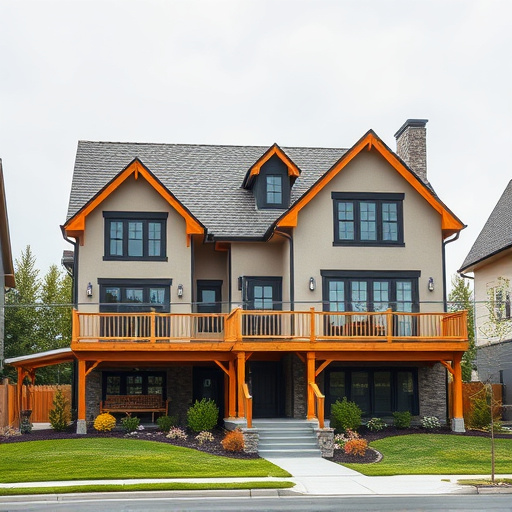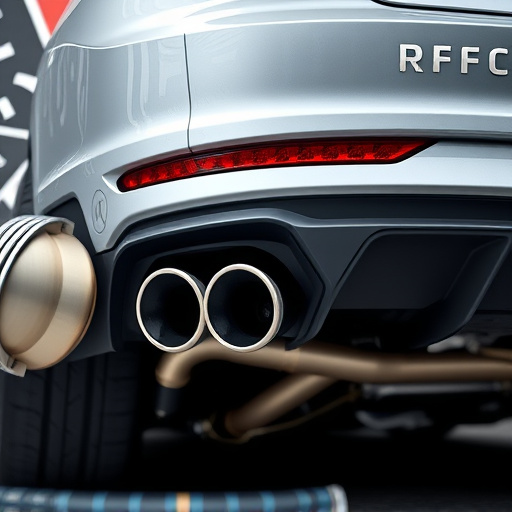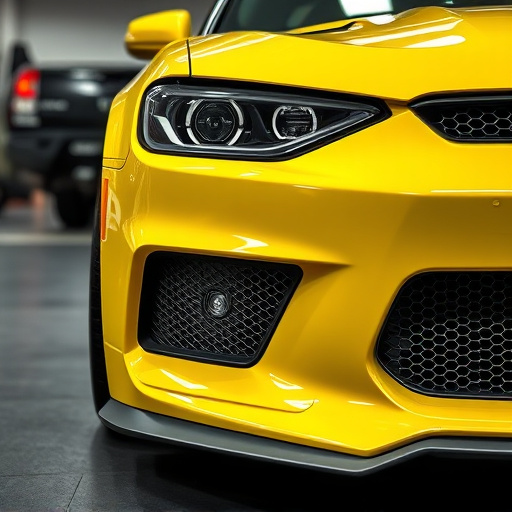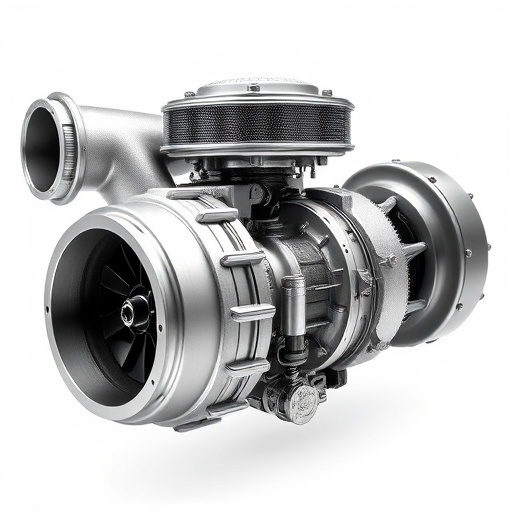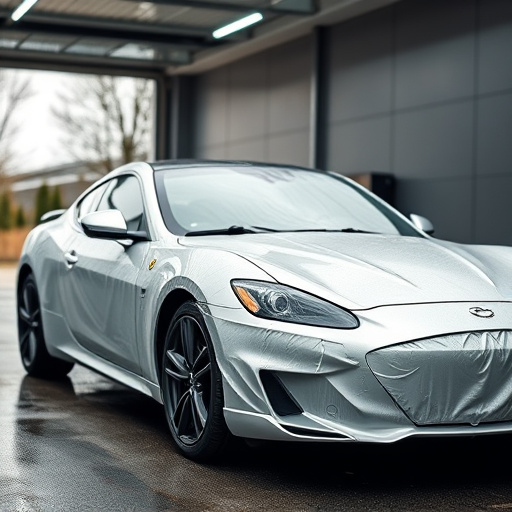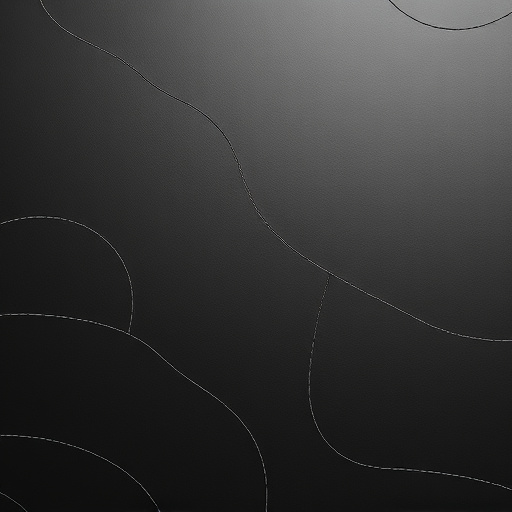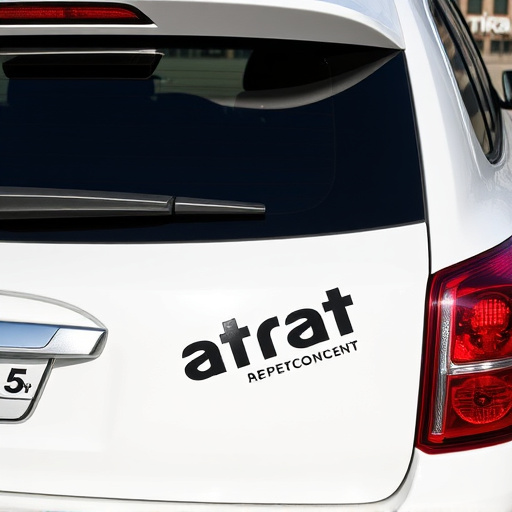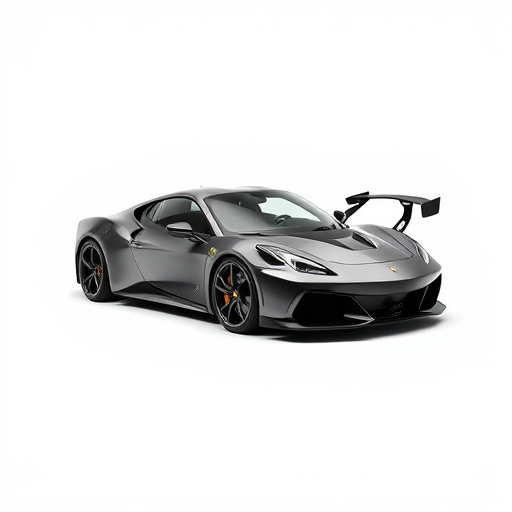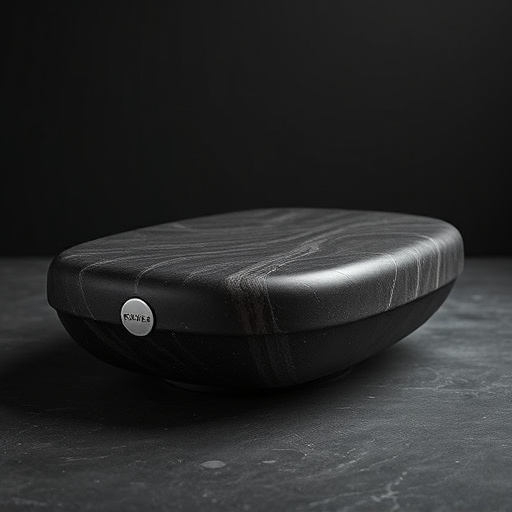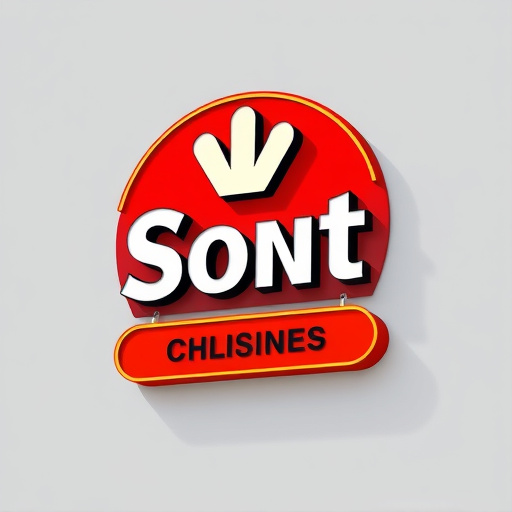The quality of wall graphics installation depends heavily on lighting conditions. Natural or artificial lighting brings out the vivid colors and intricate details of these artistic expressions, while inadequate lighting can make them appear dull or distorted. When designing spaces with wall graphics, consider both types of lighting to ensure accurate display. Targeted lighting techniques like spotlights or LED strips can enhance depth and dimension in low-light conditions, making wall graphics a popular choice for enhancing interior design in residential and commercial settings.
Proper lighting is an essential element that can significantly enhance the impact and longevity of wall graphics installations. This article delves into the strategies and techniques for optimizing lighting conditions, both before and after installation, to ensure vibrant, long-lasting visuals. Understanding how different lighting types interact with wall graphics is key to creating visually appealing spaces. By implementing these tactics, you can transform any wall into a captivating canvas that stands the test of time.
- Understanding the Impact of Lighting on Wall Graphics
- Strategies for Optimizing Lighting Conditions Before Installation
- Post-Installation: Maintaining and Enhancing the Visual Appeal with Lighting
Understanding the Impact of Lighting on Wall Graphics

The lighting environment plays a pivotal role in how wall graphics installation is perceived and performs. Proper lighting can bring these artistic expressions to life, revealing their true colors and intricate details. In contrast, inadequate or incorrect lighting may hinder the visual impact, making the graphics appear dull or distorted. Understanding this relationship ensures that every element of the wall graphics—from vibrant hues to subtle gradients—is showcased accurately.
When designing a space with wall graphics, considering both natural and artificial lighting is essential. Natural light from windows can dramatically enhance the display, especially during daylight hours. However, for spaces without ample natural light or in low-light conditions, strategically placed artificial lights become crucial. Using targeted lighting techniques, like spotlights or LED strips, can highlight specific areas of the graphics, creating depth and dimension. This is particularly useful for large-scale installations or intricate designs that require a closer look to appreciate their intricacies. Moreover, contrasting lighting can also help define the boundaries of the graphics, making them stand out from the surrounding walls.
Strategies for Optimizing Lighting Conditions Before Installation

Before installing wall graphics, optimizing lighting conditions is a crucial step that can significantly enhance the final result. The first strategy involves assessing the natural light available during the intended installation time. Natural light is ideal for precise application as it allows for clear visibility of the graphic design and any intricate details. Positioning the work area near windows or utilizing reflective surfaces can help maximize daylight.
Additionally, considering artificial lighting options tailored to the specific needs of wall graphics installation is essential. LED lights with adjustable color temperatures are particularly effective. Cooler tones (5000K-6500K) provide sharp, precise light for detailed work, while warmer tones (3000K-4000K) offer a softer glow suitable for final touches and ensuring the graphics appear seamless on the wall surface. For best results, professionals often employ a combination of natural and artificial lighting sources during the wall graphics installation, allowing for both accuracy and flexibility in the application process. This approach ensures that every element of the design is flawlessly executed, whether it’s a vibrant mural, subtle branding, or intricate vinyl wraps (vehicle wraps) and professional PPF (professional ppf installation).
Post-Installation: Maintaining and Enhancing the Visual Appeal with Lighting

Proper lighting is an essential component in enhancing the visual impact of wall graphics installation. By understanding how lighting interacts with graphic design, optimizing conditions before and after installation, you can ensure your wall graphics remain vibrant and captivating over time. Lighting not only brings out the detail and color but also creates depth and atmosphere, transforming any space into a visually stunning environment. When done right, wall graphics installation becomes a game-changer, revolutionizing both interior and exterior spaces with lasting appeal.

